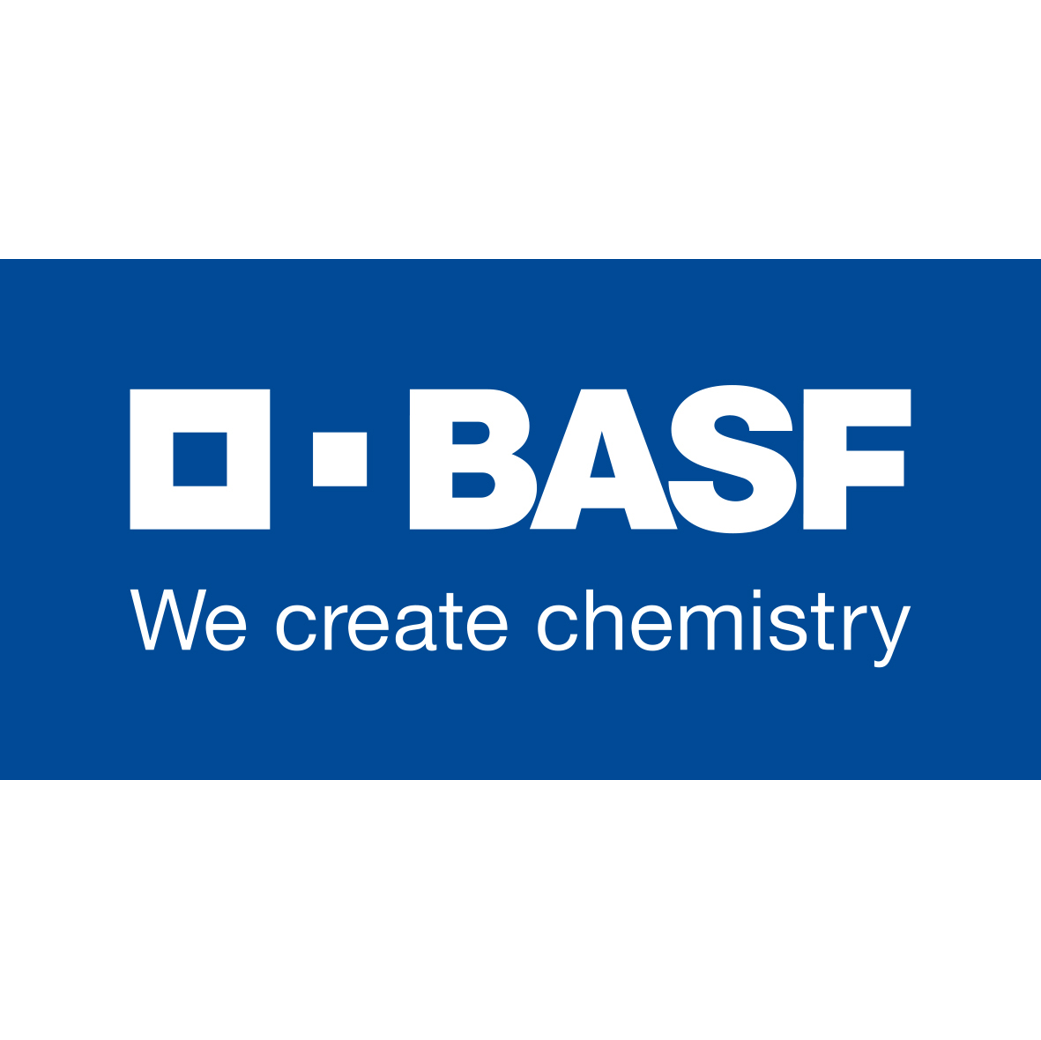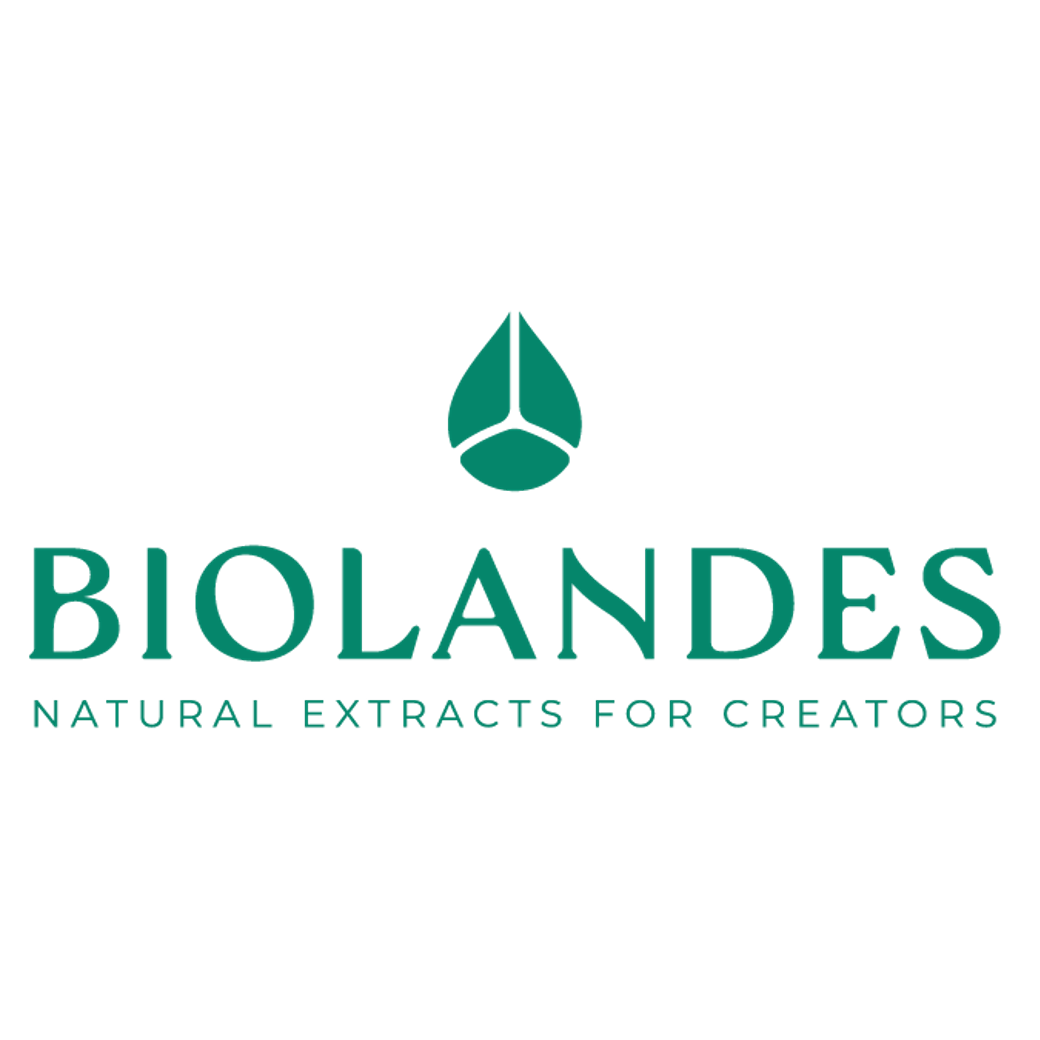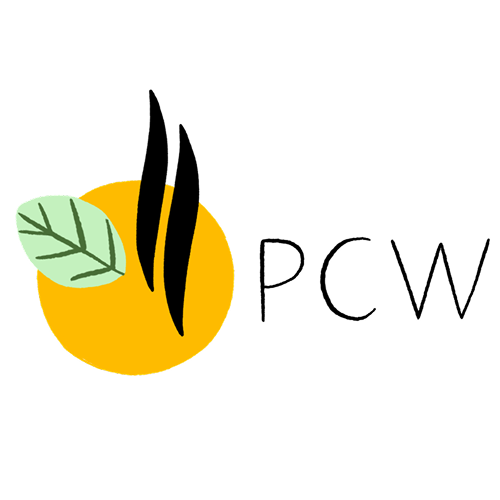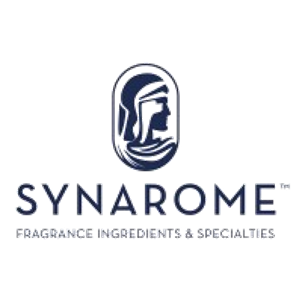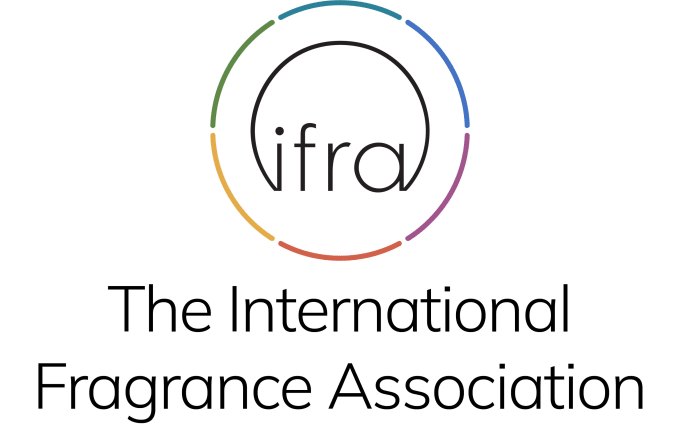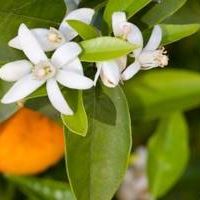
Do you sell any of the raw materials? Would you like to let our users know?
Send an email to fournisseurs@scentree.coto learn about our advertising opportunities.
Do you sell any of the raw materials? Would you like to let our users know?
Send an email to fournisseurs@scentree.coto learn about our advertising opportunities.
General Presentation
-
CAS N° :
8016-38-4 -
EINECS number :
277-143-2 -
FEMA number :
2771
-
Volatility :
Heart/Base -
Price Range :
€€€
Physico-chemical properties
-
Appearance :
Colorless liquid -
Density :
-
Refractive Index @20°C :
Data not available. -
Optical rotation :
-
Vapor pressure :
Data not available. -
Flash Point :
Data not available. -
Acid Value :
Botanical informations
Botanical name :
Data not available.
Botanical profile :
Orange blossom is the flower of the bitter orange tree, which belongs to the Rutaceae family and the genus Citrus L.
The Rutaceae family includes all citrus fruits, as well as plants such as buchu and amyris.
Chemotypes :
The Citrus L. genus, which includes the vast majority of citrus fruits, contains a large number of varieties used in perfumery:
- Citrus × aurantium L.: Bitter orange tree, cultivated in Spain and Florida. Orange oil expressed (Bitter) / Orange oil (Bitter) / Petitgrain bigarade oil / Petitgrain bigarade absolute / Petitgrain oil (Paraguay) / Orange flower absolute (Bitter) / Orange flower concrete (Bitter) / Orange flower SFE (Bitter)
- Citrus × aurantiifolia (Christm.) Swingle: The lime tree, mostly cultivated in Mexico. Lime oil expressed / Lime oil distilled
- Citrus × bergamia Risso: The bergamot tree, a hybrid of lemon and bitter orange, cultivated for its fruit and petitgrain oils. Bergamot oil expressed / Petitgrain bergamot absolute.
- Citrus hystrix DC.: Kaffir lime, grown in Thailand and India. Kaffir lime oil.
- Citrus × junos Siebold ex Yu.Tanaka: Yuzu, produced in Japan and Korea. Yuzu oil / Citrus junos oil / Citrus junos extract
- Citrus × limon (L.) Burm.fil.: The lemon tree, cultivated in Italy for its fruit and leafy branches. Lemon oil / Lemon oil (distilled, rectified) / Petitgrain lemon oil
- Citrus × paradisi Macfad.: The grapefruit tree, of Malay origin, cultivated in Brazil and Israel for its fruit’s essential oil. Grapefruit oil / Grapefruit flower oil / Grapefruit oil expressed
- Citrus sinensis L.: The sweet orange tree, widely cultivated in Brazil and California, is the most used citrus in perfumery. Orange flower absolute (Sweet) / Orange flower concrete (Sweet) / Orange flower SFE (Sweet) / Orange cold pressed (Sweet)
- Citrus reticulata Blanco: The mandarin tree, especially cultivated in Italy for its fruit and petitgrain (leaf oil). Mandarin oil (red) / Mandarin oil (yellow) / Mandarin oil (green) / Petitgrain mandarin oil. Its hybrid with sweet orange gave rise to the clementine (Clementine oil).
- Citrus medica L.: The citron tree, grown in Sicily. Citron oil.
Extractions & Uses
Extraction process :
The bigaradier is a tree about 3 meters tall in adulthood, whose leaves contain a strong fragrant principle.
The essential oil of petitgrain bigarade results from the extraction of the deciduous branches with water. The twigs are cut so the tree is left as a shrub. The branches are stored in a large cart before they are brought to the factory where they are directly steam distilled.
After the hydrodistillation, the water found in the distillate is called ''eau de brout ''. Eau de brout absolute is obtained after recovery of this water full of volatile compounds. A dilution in alcohol is carried out to solubilize the odorous compounds. Following vacuum evaporation of the extraction solvent, the absolute is obtained.
The bitter orange tree is a tree that allows to recover many extracts. Bitter Orange EO is obtained by cold expression, Petitgrain Bigarade HE can be extracted by steam distillation and Orange Blossom Absolute is obtained by extraction with volatile solvents, unlike Neroli HE, which results from water extraction of the flowers.
Uses in perfumery :
Used for orange blossom notes, at a lower cost than using other extracts from the bitter orange tree. Used to provide tenacity, a dark, fatty, solar and herbaceous faceted note of dry flowers.
Stability :
Esters found in this extract my form their corresponding acid through time.
Terpenes of this oil are subjected to polymerization under the effect of oxydation.
Major Components :
- Linalool (50 - 60%)
- Linalyl acetate (10 - 20%)
- Alpha-terpineol (10 - 20%)
- Geraniol (10 - 20%)
- Alpha-pinene (1 - 5%)
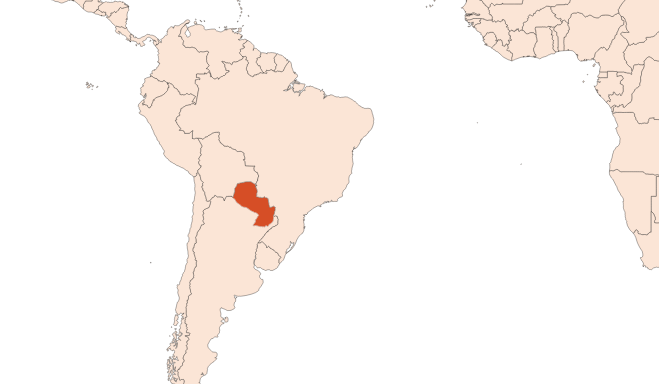
Photo credits: ScenTree SAS
Other comments :
Initially, the term petitgrain was used to name the small green fruits produced by the bitter orange.
In Paraguay, the bitter orange barely flourishes. It is therefore a hybrid between the bitter orange and the sweet orange tree that is cultivated.
Paraguay remains the main grower of petitgrain. Eau de brout usually comes from Tunisia anyway.
IFRA
IFRA 51th :
This ingredient is restricted by the 51th amendment
- Quantitative limit on the use :
-
Cat.1 Cat.2 Cat.3 Cat.4 Cat.5A B C DCat.6 1,25 % 1,25 % 1,25 % 1,25 % 1,25 % 1,25 % 1,25 % 1,25 %1,25 % Cat.5A B C DCat.6 1,25 % 1,25 % 1,25 % 1,25 %1,25 % Cat.7A BCat.8 Cat.9 Cat.10A BCat.11A BCat.12 No Restriction 1,25 %1,25 % No Restriction No Restriction 1,25 %No Restriction 1,25 %No Restriction Cat.10A BCat.11A BCat.12 No Restriction 1,25 %No Restriction 1,25 %No Restriction
-
Restricted ingredients due to phototoxicity considerations: notes
The Standard is set due to the phototoxic effects of Bitter orange peel oil expressed. For more detailed information on the application of this Standard, please refer to the note on phototoxic ingredients in chapter 1 of the Guidance for the use of IFRA Standards. If the level of furocoumarins is unknown, the restriction level specified in this IFRA Standard applies. Combination effects of phototoxic ingredients are only taken into consideration for the furocoumarin-containing fragrance ingredients (extracts) listed in the IFRA Standard of Citrus oils and other furocoumarins containing essential oils. If combinations of furocoumarin-containing phototoxic fragrance ingredients (extracts) are used, the use levels must be reduced accordingly. The sum of the concentrations of all furocoumarin-containing phototoxic fragrance ingredients (extracts), expressed in of their recommended upper concentration level in the consumer product shall not exceed 100. For qualities of the expressed oil in which the less volatile components have been concentrated by partial or total removal of the terpene fraction, this limit should be reduced in proportion to the degree of concentration.





